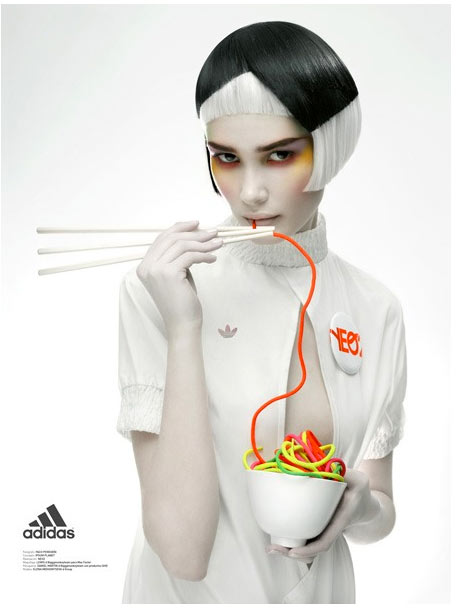No one in the naming world has generated more envy than a boutique firm called Lexicon. You may not recognize the name. But Lexicon has created 15 billion-dollar brand names, including BlackBerry, Dasani, Febreze, OnStar, Pentium, Scion, and Swiffer.
Lexicon’s steady success shows that great names do not come from lightning-bolt moments. (Nobody gets struck 15 times.) Rather, Lexicon’s magic is its creative process.
Consider its recent work for Colgate, which was preparing to launch a disposable mini toothbrush. The center of the brush holds a dab of special toothpaste, which is designed to make rinsing unnecessary. So you can carry the toothbrush with you, use it in a cab or an airplane lavatory, and then toss it out.
Lexicon founder and CEO David Placek’s first insight came early. When you first see the toothbrush, Placek says, what stands out is its small size. “You’d be tempted to start thinking about names that highlight the size, like Petite Brush or Porta-Brush,” he says. As his team began to use the brush, what struck them was how unnatural it was, at first, not to spit out the toothpaste. But this new brush doesn’t create a big mass of minty lather — the mouthfeel is lighter and more pleasant, more like a breath strip. So it dawned on them that the name of the brush should not signal smallness. It should signal lightness, softness, gentleness.
Armed with that insight, Placek asked his network of linguists — 70 of them in 50 countries — to start brainstorming about metaphors, sounds, and word parts that connote lightness. Meanwhile, he asked another two colleagues within Lexicon to help. But he kept these two in the dark about the client and the product. Instead, he gave this team — let’s call them the excursion team — a fictional mission. He told them that the cosmetics brand Olay wanted to introduce a line of oral-care products and it was their job to help it brainstorm about product ideas.
Placek chose Olay because he believed that beauty was an implicit selling point for the new brush. “Good oral care means white teeth, and white teeth are better looking,” Placek says. So the excursion team began to come up with intriguing ideas. For instance, they proposed an Olay Sparkling Rinse, a mouthwash that would make your teeth gleam.
In the end, it was the insight about lightness, rather than beauty, that prevailed. The team of linguists produced a long list of possible words and phrases, and when Placek reviewed it, a word jumped out at him: wisp. It was the perfect association for the new brushing experience and it tested well; it’s not something heavy and foamy, it’s barely there. It’s a wisp. Thus was born the Colgate Wisp.
Notice what’s missing from the Lexicon process: the part when everyone sits around a conference table, staring at the toothbrush and brainstorming names together. (”Hey, how about ToofBrutch — the URL is available!”) Instead, Lexicon’s leaders often create three teams of two, with each group pursuing a different angle.
{ Fast Company | Continue reading }



















